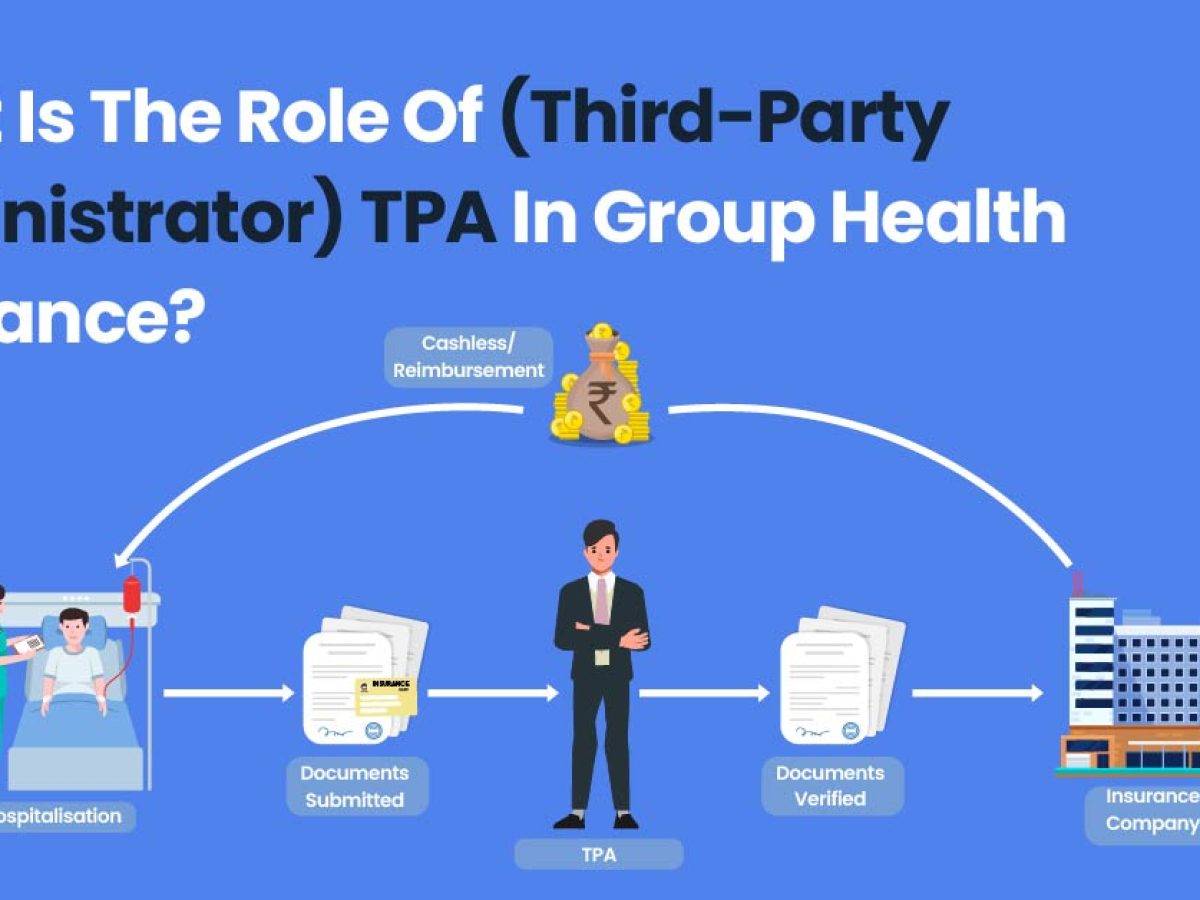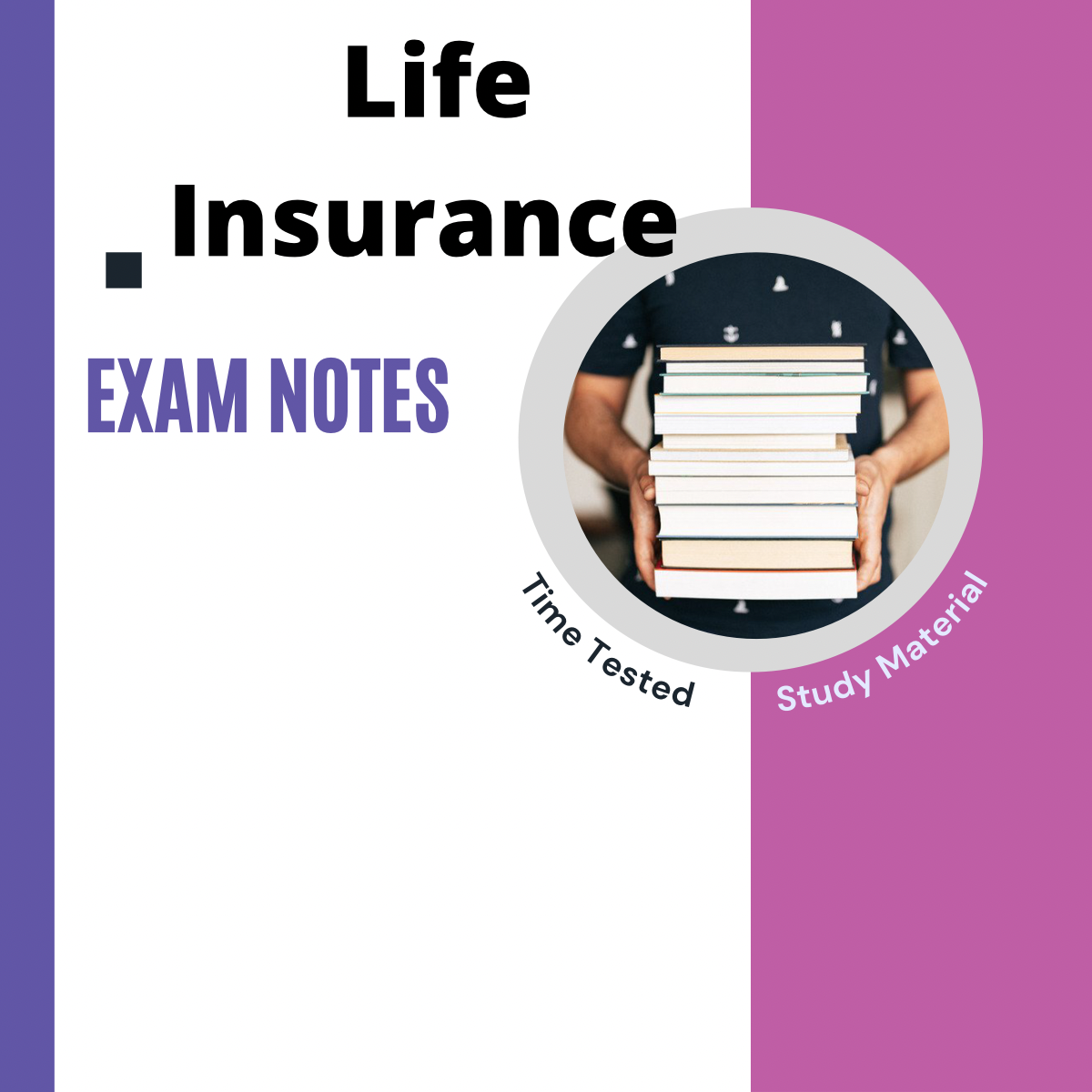What Does Pacific Prime Mean?
What Does Pacific Prime Mean?
Blog Article
Rumored Buzz on Pacific Prime
Table of ContentsThe 6-Second Trick For Pacific PrimeThe Buzz on Pacific PrimeThings about Pacific PrimePacific Prime - Questions
In the majority of states, the insurance company is called for to send you a copy of the changes to your policy. It is essential that you read Endorsements or Motorcyclists so you understand just how your policy has altered and if the plan is still sufficient to satisfy your requirements. To acquire a duplicate of your insurance coverage, please contact your insurance policy representative or company.
The Institute of Medicine (IOM) Board on the Repercussions of Uninsurance launches an extensive evaluation of evidence that addresses the relevance of medical insurance coverage with the publication of this record. Insurance coverage Matters is the initial in a collection of 6 reports that will certainly be issued over the next 2 years recording the fact and effects of having an estimated 40 million individuals in the United States without medical insurance coverage.

Some Known Incorrect Statements About Pacific Prime
The goal of this collection of studies is to refocus plan attention on a historical problem. Complying with the longest financial growth in American background, in 1999, an approximated one out of every 6 Americans32 million grownups under the age of 65 and greater than 10 million childrenremains without insurance (Mills, 2000).

Ten percent of the populace make up 70 percent of healthcare expenses, a correlation that has remained continuous over the previous three decades (Berk and Monheit, 2001) - global health insurance. Thus medical insurance proceeds to offer the function of spreading risk also as it increasingly funds regular treatment. From the viewpoint of health care carriers, insurance policy lugged by their clients assists protect a revenue stream, and neighborhoods gain from economically feasible and secure healthcare professionals and organizations
Federal government gives health and wellness insurance to populations whom the private market may not serve efficiently, such as handicapped and senior citizens, and populaces whose access to health care is socially valued, such as children and expectant women. The ultimate ends of medical insurance coverage for the individual and communities, including work environment neighborhoods of workers and employers, are improved health and wellness outcomes and lifestyle.
An Unbiased View of Pacific Prime
Workers rank medical insurance initially without a doubt in importance amongst all the advantages provided in the office (Salisbury, 2001). Although there have been sizable financial investments of individual and public funds to provide medical insurance, many individuals still have no protection. In spite of extensive coverage of survey searchings for and healthcare research study results, the general public stays overwhelmed and mistaken concerning Americans without health insurance policy and the ramifications of doing not have coverage.

Without concern, the intricacy of American health and wellness treatment financing systems and the wealth of resources of details add to the public's complication and uncertainty about health and wellness insurance policy statistics and their interpretation. This record and those that will certainly comply with purpose to boil down and present in readily understandable terms the substantial study that bears upon questions of health and wellness insurance policy protection and its value.
Fifty-seven percent of Americans polled in 1999 believed that those without health insurance are "able to obtain the treatment they require from doctors and hospitals" (Blendon et al., 1999, p. 207). In 1993, when nationwide focus was concentrated on the issues of the without insurance and on pending healthcare regulations, simply 43 percent of those questioned held this idea (Blendon et al., 1999).

They also get fewer preventive services and are much less likely to have regular care for persistent problems such as high blood pressure and diabetes mellitus. Persistent conditions can bring about pricey and disabling difficulties if they are not well taken care of (Lurie et al., 1984; Lurie et al., 1986; Ayanian et al., 2000). One nationwide study asked greater than 3,400 adults concerning 15 extremely major or morbid problems.
What Does Pacific Prime Mean?
Additional proof is provided later in this phase in the discussion of insurance coverage and accessibility to healthcare. https://gravatar.com/pacificpr1me. Individuals without medical insurance are young and healthy and balanced and select to go without insurance coverage. Virtually half (43 percent) of those surveyed in 2000 thought that people without medical insurance are much more most likely to have health issue than individuals with insurance
Citizens and policy makers in emphasis group conversations characterize those without insurance as youths who have the possibility to be covered and feel they do not need it (Doorperson Novelli, 2001). Contrasted to those with at the very least some exclusive coverage, the without insurance are less most likely to report being in excellent or really good wellness (Company for Healthcare Research and High Quality, 2001).
SOURCE: Center for Price and Financing Research Studies, Agency for Medical Care Research and High quality, based upon MEPS data. Youthful adults in between 19 and 34 are much more likely to lack medical insurance than any kind of other age. This is chiefly since they are much less commonly eligible for employment-based insurance coverage as a result of the nature of their work or their short period in it.
The perception that individuals without insurance policy have better-than-average health adheres to from confusing the relatively check here young age account of the uninsured with the much better health and wellness, on standard, of younger persons. This covers the web link between health and wellness standing and health insurance coverage. For those without access to work environment wellness insurance policy, inadequate health and wellness is a possible obstacle to acquiring nongroup insurance coverage since such protection may be extremely valued, leave out pre-existing conditions, or be just not available.
Report this page